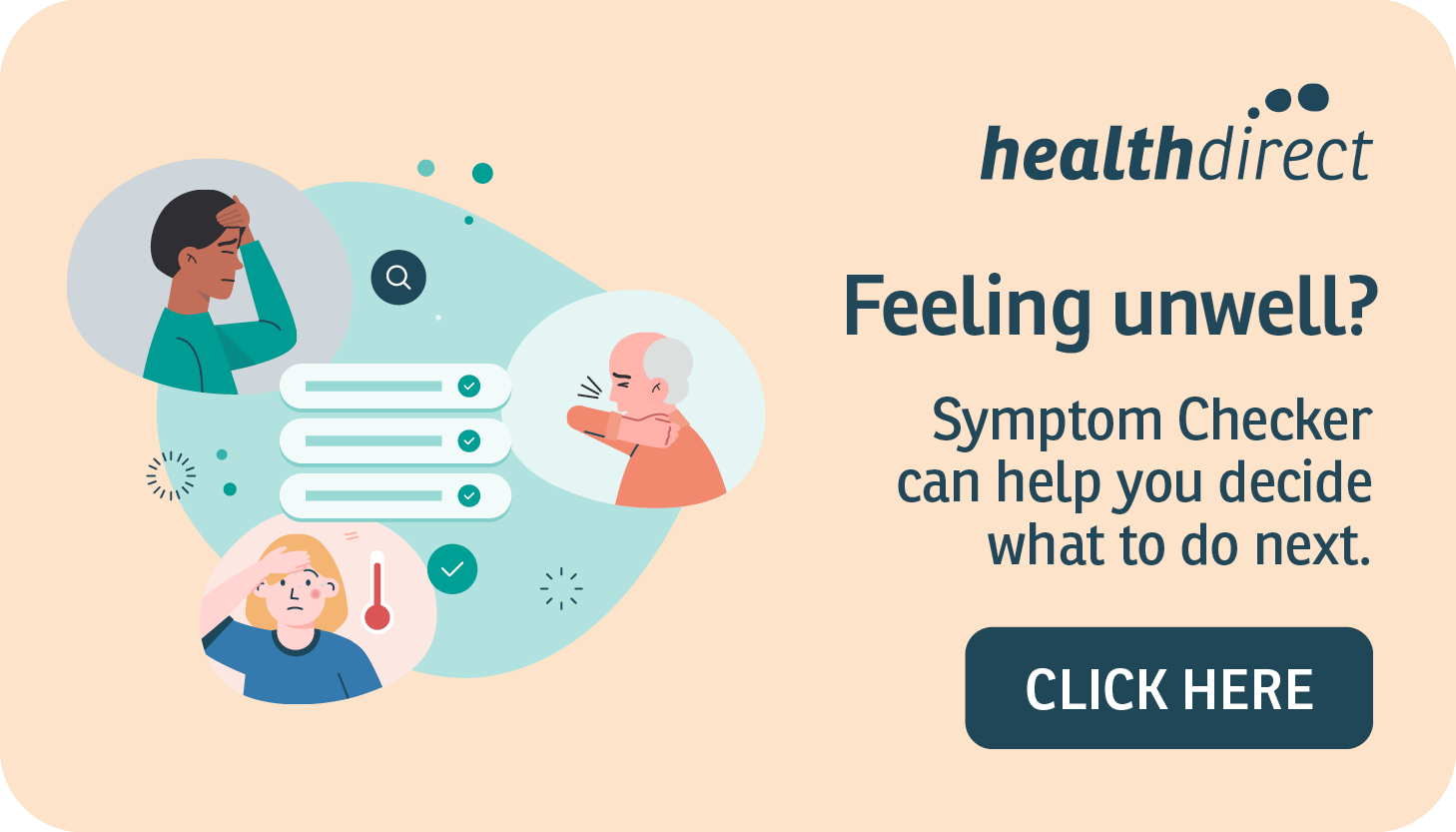
Perinatal depression and anxiety explained
Pregnancy and the first year of parenthood (the perinatal period) is a time of significant change in a person’s life. All expectant and new parents, including mums, dads and partners will have some good days and some bad days. Ups and downs are expected and common. However, when difficult days outweigh the good, and those feelings begin to impact their ability to function day to day, an expectant or new parent may be experiencing perinatal depression or anxiety (PNDA).
What is Perinatal Depression and Anxiety (PNDA)?
PNDA is a treatable mental health condition. It affects around 1 in 5 mothers and 1 in 10 fathers, impacting almost 100,000 parents in Australia each year. PNDA occurs when symptoms of depression and anxiety affect an expectant or new parent for two weeks or more, significantly impacting their daily functioning.
Symptoms often start during pregnancy but can become more apparent after birth. The onset can be gradual or more sudden. Symptoms respond well to culturally responsive, and evidence-informed approaches, so seeking professional support as early as possible is important. Research also shows that if anxiety and depression is treated during pregnancy, the risk of developing anxiety or depression postnatally is lower.
PNDA is not the same as the ‘baby blues’, which may occur 3 to 5 days after giving birth and affect around 80% of new mothers. Feeling overwhelmed, teary and anxious is common with the baby blues, and can be influenced by the birth experience, fluctuating hormone levels or lack of sleep. Often all that is needed to manage the baby blues is reassurance, extra care, rest, and support.
Because the perinatal period is such a vulnerable time, mood disturbances such as depression and anxiety tend to fluctuate more frequently and deteriorate more rapidly. Genetic and prior life experiences can play a significant part in the development of PNDA. Contributors can include biological factors (for example, genetics, hormonal changes), psychological factors (for example personal or family history of depression or anxiety), and social factors (for example lack family support). PNDA is treatable, and it is important to remember that recovery is possible with the right support in place.
As well as PNDA, other mental health conditions can also arise during this vulnerable perinatal period, either for the first time, or previous psychological conditions may resurface or be heightened.



.jpg)

.png)

